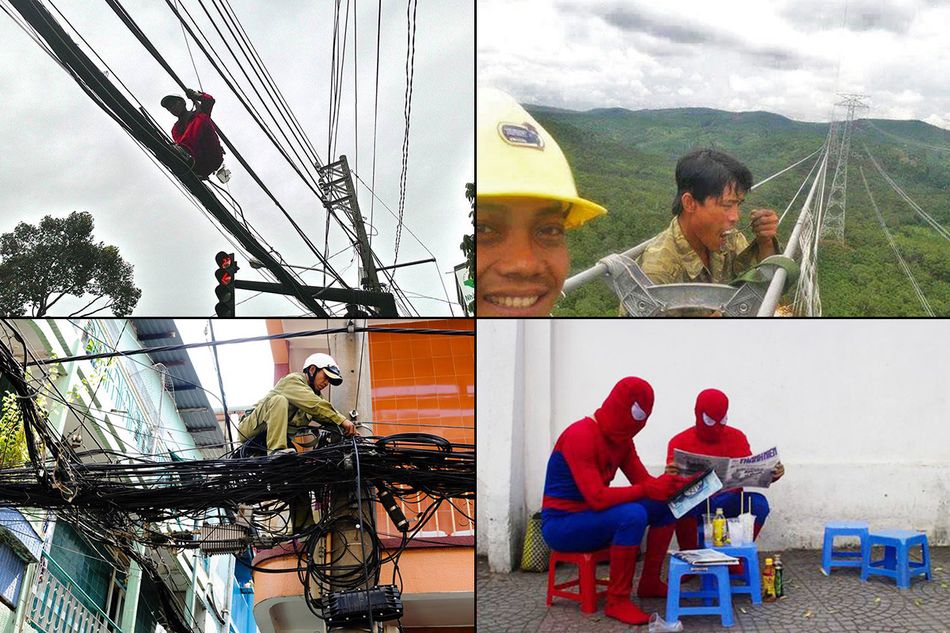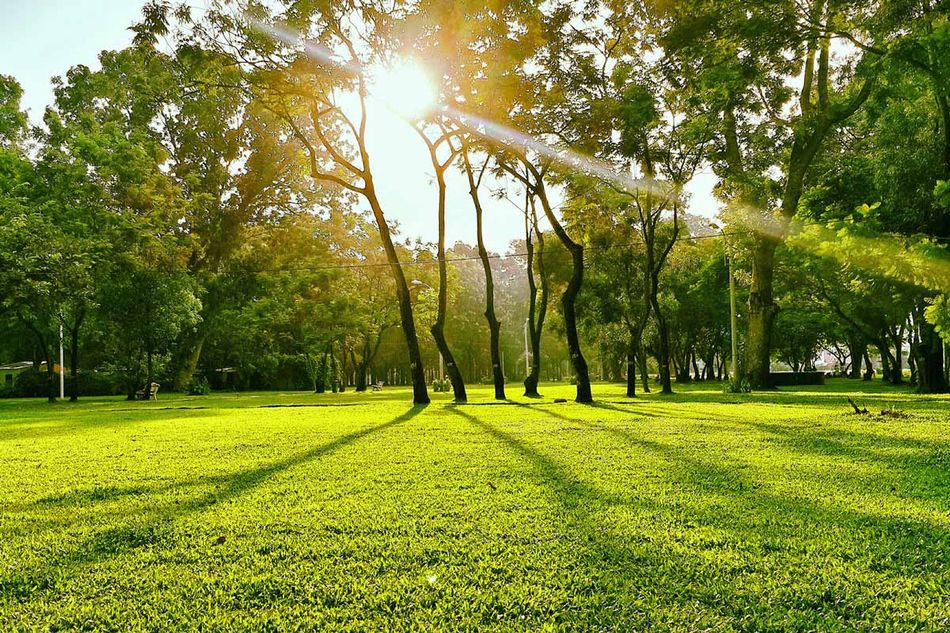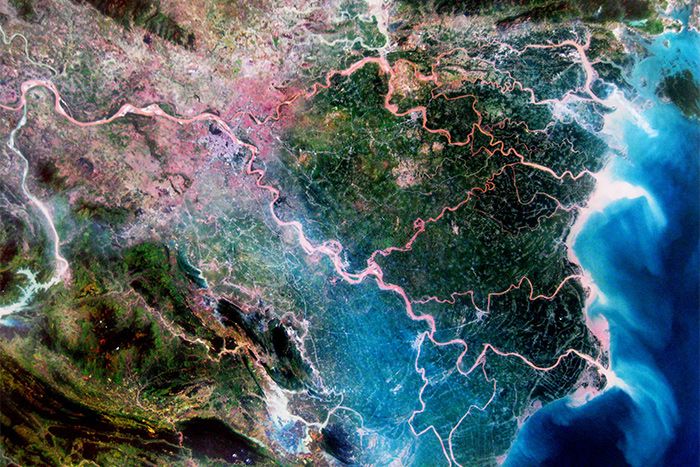Bakemono refers to preternatural monsters in Japanese folklore that shapeshift.
The term was widely used during the Edo period and literally translated to "changing thing." Bakemono is still used today as a way to refer to a subcategory of the broader term yokai, a word formed by combining two Chinese characters and used to refer to any kind of monster, ghost, phantom, goblin, specter, or low-order deity.
Going beyond the concept of monstrosity often perceived from a Eurocentric knowledge tradition, yokai contains diverse implications. In The Ashgate Research Companion to Monsters and the Monstrous, Micheal Dylan Foster describes the concept of yokai as "a hybrid of weird corporeality with something numinous or mysterious, a linking of the tangible and intangible, of object and phenomenon."
In this series of photos taken from a scroll titled Bakemono Zukushi and digitized by the International Research Center for Japanese Studies – Yokai Database, 24 types of yokai are portrayed in a manner that oscillates between ghostliness and charm. The artist and the dates of creation are unknown, although many believe that the scroll was created during the 18th or 19th century.
Have a look at them below:

Ushi-oni: a type of sea monster with the head of an ox and the body of a spider or crab. It breathes poison and eat humans, sometimes with the help of other yokai such as iso onna and nure onna.

Furabibi: a flying creature engulfed in flames that floats aimlessly. Furabibi is created from the remains of a soul that has not passed on to the next life completely, often due to not receiving proper ceremonial service.

Aka shita: a spirit that takes the form of a dark cloud with a red tongue, the harbinger of bad luck that will punish farmers who steal water from their neighbors.

Yuki onna: snow women who prey on human life forces; however, they sometimes fall in love with their prey and let them go.

Oyajirome: a monster with one eye on the back of its head.

Kanazuchibou: a mallet-wielding creature whose behavior remains a mystery, although some suggest that it's the spirit of cowardice.

Nure onna or sara hebi: a sea serpent with the head of a woman that feeds on human blood.

Mi-no-kedachi: a yokai with short body hair that stands on end.

Uma-shika: a horse-like beast with one eye.

Otoroshi: a monster with a fearsome appearance that guards holy places, feeds on animals and attacks intruders.

Boukon: a departed soul with a swollen stomach.

Yamawaro: kappa-like yokai that are mountain dwellers who sometimes help woodcutters if properly thanked.

Kamikiri: a magical arthropods known for sneaking around at night to unexpectedly cut people's hair.

Uwan: a creature often encountered in old buildings, known for assaulting people by shouting "Uwan!"

Domo-komo: a two-headed creature.

Hajikkaki.

Nobusuma: a dangerous bat that acquires magical powers when it gets to a very old age.

Rokurokubi: woman with a very long neck that floats about (left) and an inugami, or dog spirit (right).

A nekomata, a cat demon that despises humans (left) and a kitsune, a fox spirit.

Yume-no-seirei: dream ghost.

Yamamba: a mountain witch who wants to eat everything.
[Photos via Pink Tentacle]














